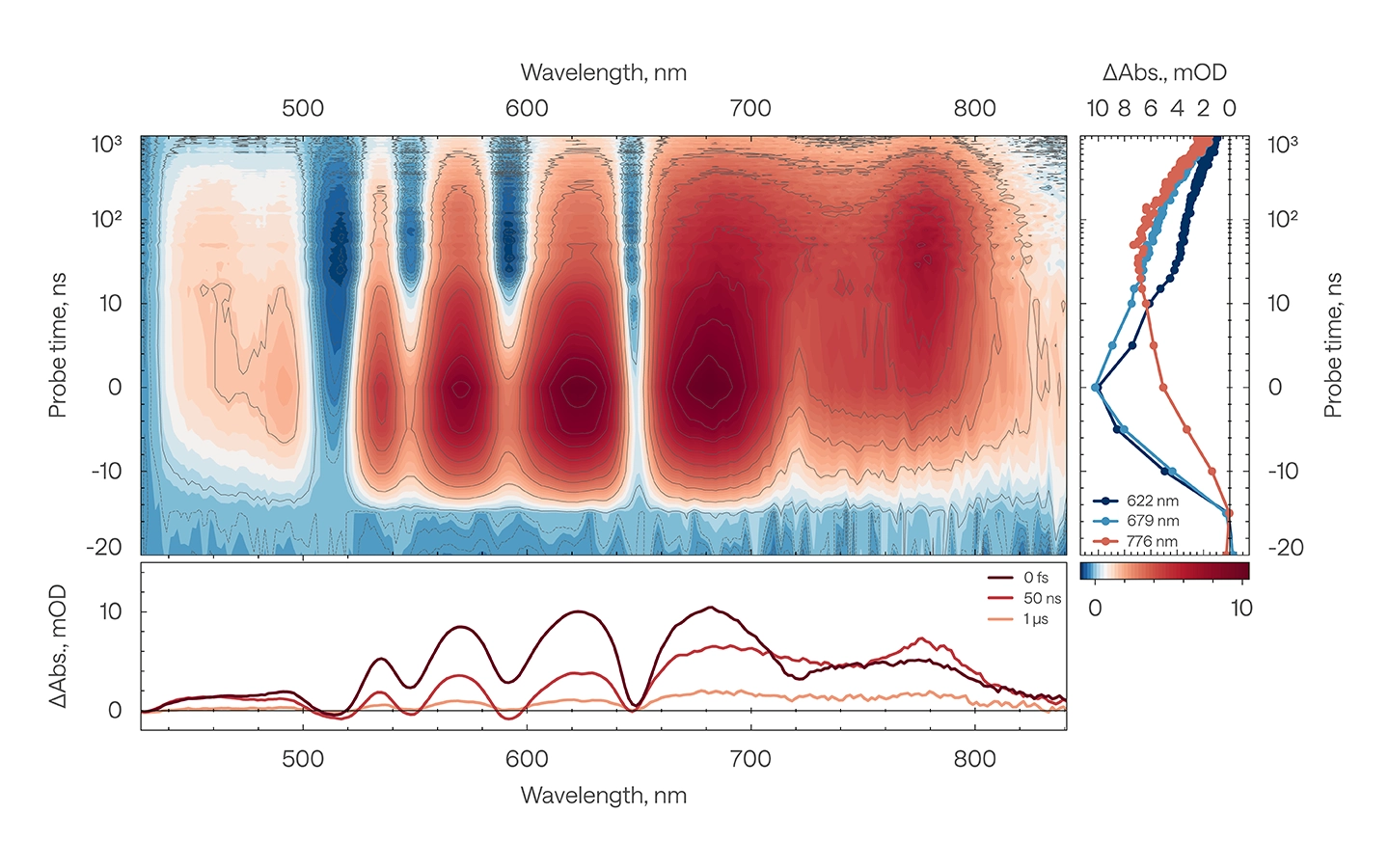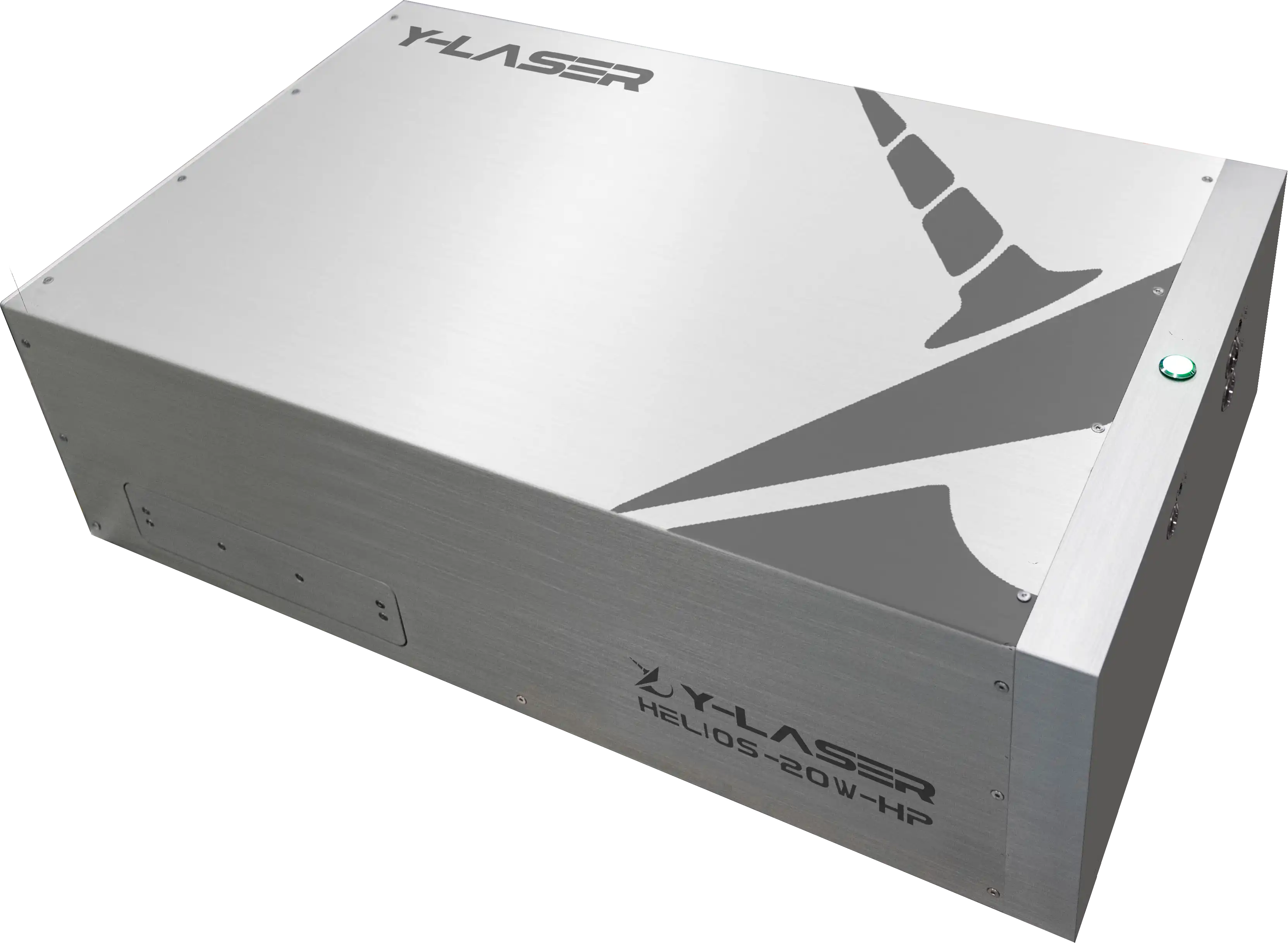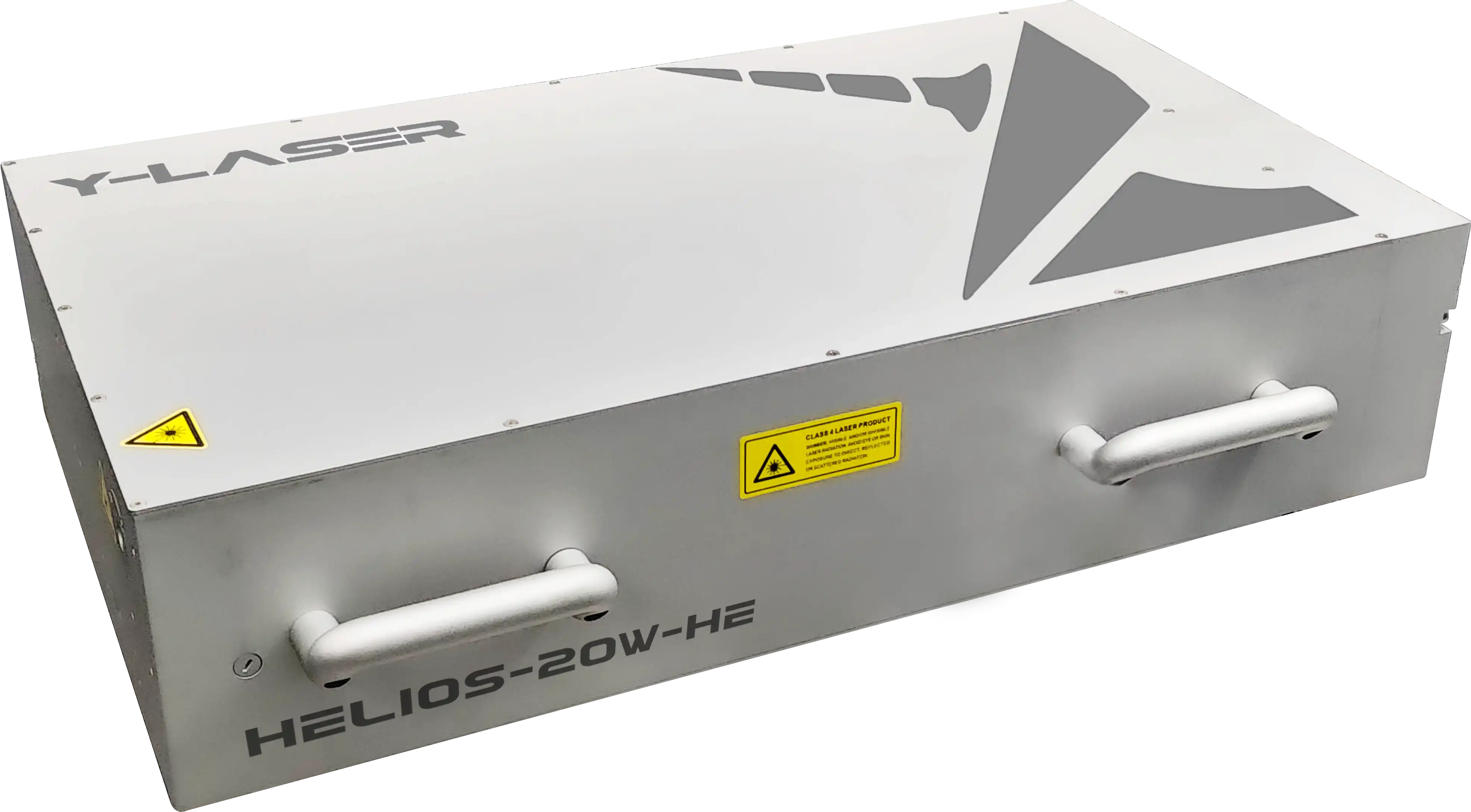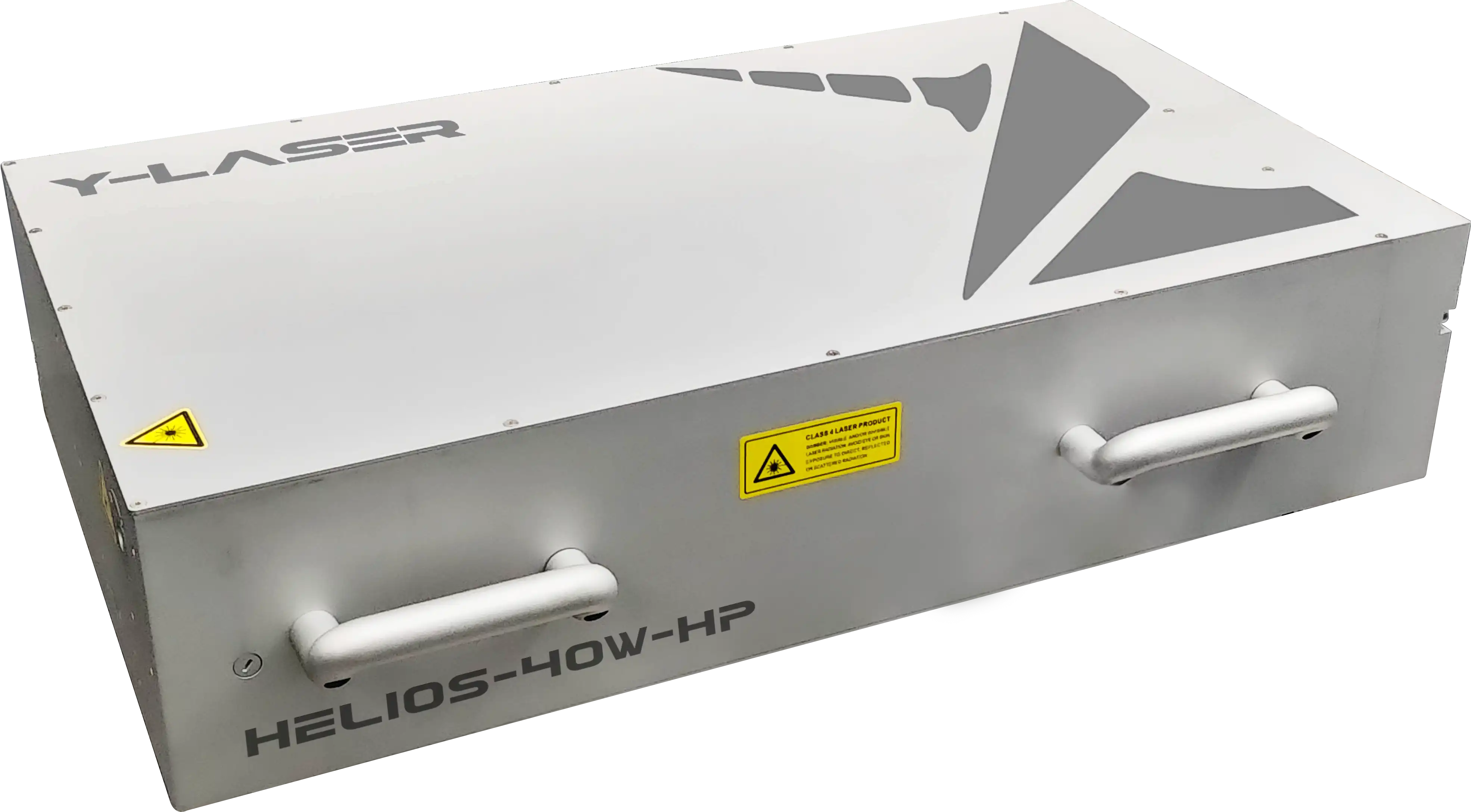FLASH PHOTOLYSIS
2025.03.03
Flash photolysis is an essential technique for studying chemical reactions and physical processes on ultrafast timescales. In this technique, a brief, high-intensity light pulse (the "flash") is used to irradiate a sample, rapidly initiating a chemical reaction. Subsequently, another probe light (usually another laser pulse) is used to monitor the chemical changes induced by the flash. This is typically achieved by measuring changes in the absorption spectrum of the sample.
Femtosecond lasers play a crucial role in flash photolysis. Due to their ability to produce extremely short light pulses, femtosecond lasers enable scientists to investigate chemical reactions and transient species that occur at incredibly fast rates. This high time-resolution measurement capability allows precise observation and analysis of the initial stages of reaction processes, providing unprecedented insights into reaction mechanisms and dynamics.
Femtosecond lasers play a crucial role in flash photolysis. Due to their ability to produce extremely short light pulses, femtosecond lasers enable scientists to investigate chemical reactions and transient species that occur at incredibly fast rates. This high time-resolution measurement capability allows precise observation and analysis of the initial stages of reaction processes, providing unprecedented insights into reaction mechanisms and dynamics.

Research on Flash Photolysis Using Femtosecond Lasers
Flash photolysis is widely applied in the field of chemistry, especially for studying rapid chemical reactions such as photochemical reactions, photophysical processes, and certain biochemical processes. These reactions typically occur on timescales ranging from milliseconds to femtoseconds and involve complex dynamics and transition states.
Through flash photolysis, scientists can uncover detailed insights into chemical reactions, particularly those involving short-lived intermediates or transient species. This is crucial for deciphering complex chemical and biochemical processes, helping scientists understand reaction pathways, mechanisms, and kinetics.
The application of femtosecond lasers in flash photolysis extends beyond traditional chemical reaction studies. Its use is increasingly prevalent in biology, materials science, and other fields. For example, in studying dynamic structural changes in proteins, uncovering interaction mechanisms between biomolecules, and investigating the optical properties of high-performance materials, femtosecond lasers provide a powerful tool.
The ultrashort pulses generated by femtosecond lasers enable scientists to capture extremely brief chemical processes and transient species, offering a deeper understanding of the microscopic mechanisms of chemical reactions. This precise time control capability, combined with high-sensitivity spectroscopic detection techniques, makes flash photolysis an indispensable tool for investigating chemical reaction kinetics.
In summary, femtosecond laser-induced flash photolysis plays a significant role in revealing the microscopic mechanisms of chemical reactions, exploring biomolecular dynamics, and studying complex processes in materials science. With the continuous development and optimization of femtosecond laser technology, the scope and depth of flash photolysis applications in scientific research are expected to expand further.
References:
M. Fujitsuka et al. "Reaction dynamics of excited radical ions revealed by femtosecond laser flash photolysis." Journal of Photochemistry and Photobiology C: Photochemistry Reviews (2018). https://doi.org/10.1016/J.JPHOTOCHEMREV.2017.12.003.
Related products

 AI Assistant
AI Assistant


